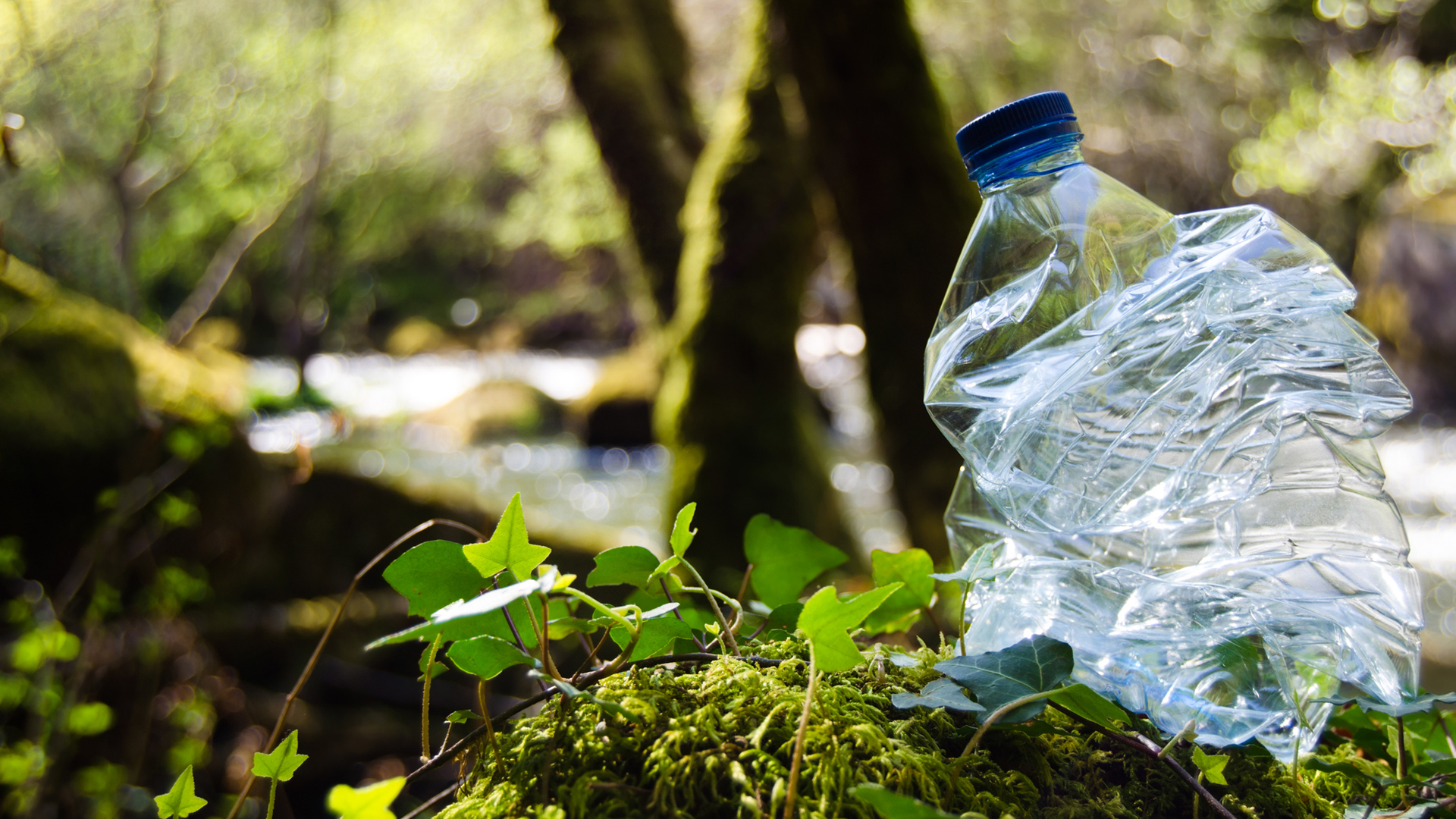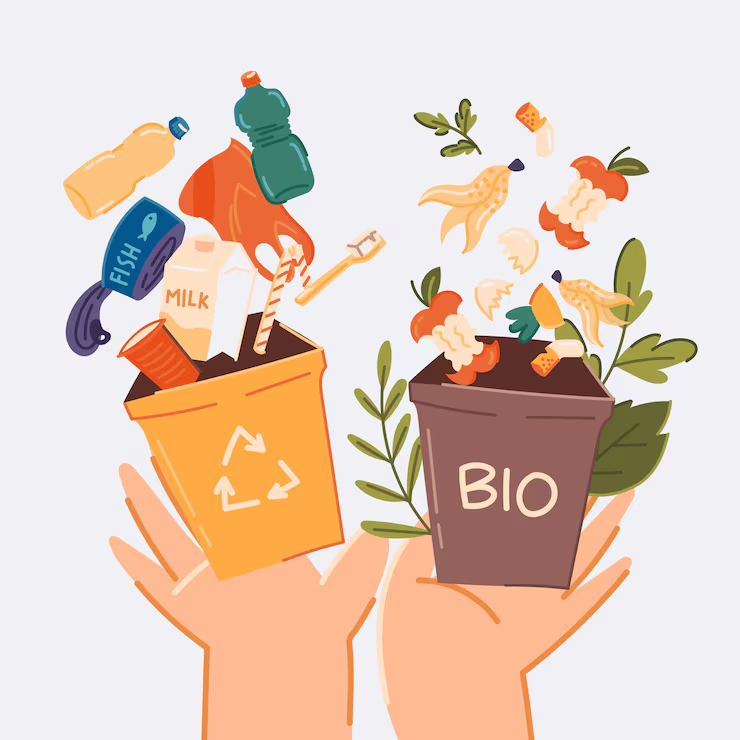Bio-based plastics have always been a controversial topic as they are seen as a widespread alternative to traditional plastics. Although they are derived from biological materials, people believe that their environmental friendliness is still limited. So, are bio-based plastics really better than traditional plastics? And does this type of bioplastic harm the environment? Let’s explore this through the following article.
How is this type of bioplastic different from traditional plastics?
In terms of constituent materials
We all know that traditional plastics are made from petroleum, coal, and other fossil fuels, which are not sustainable materials. Most of them take thousands of years to form, which is too long compared to our continuous demand for them. Moreover, the process of extracting fossil fuels also releases a large amount of greenhouse gases, causing many negative impacts on the environment.

On the other hand, bio-based plastics completely overcome this difficult problem as they are made from renewable resources (corn, sugarcane, coffee grounds, etc.). This contributes significantly to reducing the burden on fossil materials, which are gradually becoming depleted. At the same time, we do not need to use many resources when extracting or processing renewable resources, saving resources and minimizing emissions during production.
About functionality
Although they have different sources of materials, bio-based plastics are not much different in functionality when compared to traditional plastics. By fermenting biological materials into bioethanol to convert into ethylene, which is then transformed into polyethylene thermoplastic, bio-based plastics possess all the important characteristics of traditional plastics. These include high durability, good strength, heat resistance, and even superior recyclability and reusability.
Health-friendly
One of the improvements of bio-based plastics is the removal of harmful substances from the material. The production process of bio-based plastics does not require the use of toxic chemicals such as BPA or phthalates, which are commonly found in traditional plastics. For this reason, bio-based plastics are considered relatively safe for human health.
Some common types
Bio-PET (Bio-Polyethylene Terephthalate)
Bio-PET is not produced entirely from bio-based materials but only contains a portion of bio-based materials (approximately 30%), with the remainder still being fossil-based materials. This makes Bio-PET somewhat more environmentally friendly without compromising the properties of PET plastic. Therefore, Bio-PET can easily replace PET plastic, making it a “drop-in bioplastic” because the processing and recycling methods are the same, requiring no modifications or changes. Currently, the most prominent manufacturing sectors using Bio-PET are water bottle caps and various types of plastic bags and packaging.
Bio-PE (Bio-Polyethylene)
Unlike Bio-PET, Bio-PE, which is often used in the production of plastic bottles, is made entirely from renewable resources. Most commonly sugarcane bagasse, corn bagasse, and coffee grounds. After undergoing several processes, these bio-based materials produce polyethylene, making Bio-PE as durable and rigid as traditional plastics. However, this process completely eliminates the material’s natural biodegradability, necessitating the recycling of Bio-PE through conventional plastic recycling processes.
Bio-PP (Bio-Polypropylene)
Created with the aim of replacing traditional PP plastic in consumer goods and automotive parts manufacturing, Bio-PP is also becoming more familiar in our daily lives. And of course, as a bio-based plastic, Bio-PP also originates from biological materials, contributing to the conservation of fossil fuels and minimizing environmental impact at the time of extraction.
Things to keep in mind when using Bio-based plastics
If you intend to use bio-based plastics, you should be aware that while this type of plastic is more environmentally friendly than traditional plastics, it still has certain limitations. This is especially true when compared to products made directly from biological materials or the other two types of bioplastics. The limitation is its ability to biodegrade in the natural environment.

At the end of its life cycle, bio-based plastics only break down into small pieces rather than biodegrade into biomass, water, and CO2 under the influence of microorganisms. Therefore, bio-based plastics must be recycled in the same way as traditional plastics. Otherwise, this type of bioplastic will still be plastic waste that negatively impacts the environment. So, it is important to note that not all bioplastics or bio-based plastics are biodegradable.
Conclusion
It is clear that bio-based plastics still have shortcomings. Although they belong to the bioplastics group, this type of bioplastic clearly does not have the advantage of biodegradability—an important characteristic that is highly sought after when discussing environmentally friendly products. However, we cannot completely deny its advantages over traditional plastics and the benefits it brings to the environment at this time. We hope this article can help you better understand bio-based plastics so that you can choose the most suitable plastic product for your specific needs.
